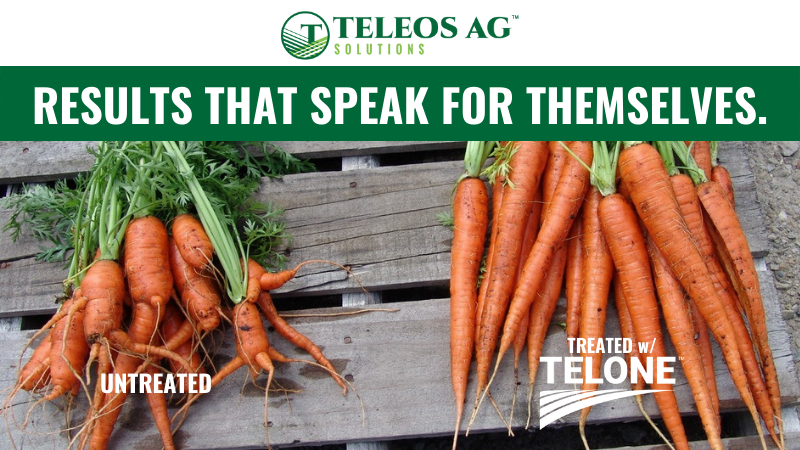Produce Profits In High Tunnels

Recently, American Vegetable Grower and sister publication American Fruit Grower had an opportunity to discuss how high tunnels can not only increase profits on the farm by getting your produce to market earlier than the competition, but help with pest control issues, among other things. We talked to Alison Wiediger at Au Naturel Farms in Smiths Grove, KY, and Joe Nicholson of Red Jacket Orchards in Geneva, NY.
Wiediger and her husband Paul produce an array of vegetables in high tunnels including tomatoes, leaf lettuces, and salad greens. Nicholson grows apricots, plums, and cherries in high tunnels.
Q What are the main benefits of high tunnels?
Alison Wiediger, Au Naturel Farm: When we built our first structure, it was because I had noticed a volunteer tomato growing in the floor of my parents’ greenhouse in late December, long after the heating season. I thought that with just a small amount of protection — and no heat — I could have the earliest tomatoes at the market. That was 1995 and very few people were looking into high tunnels. We now have five high tunnels on our farm.
Some of the main benefits of high tunnels are year-round cash flow because we grow vegetables in the tunnels all winter and we have the earliest vegetables at our farmers markets. This keeps our farm in the minds of customers, as we see them all winter and don’t have to re-establish the relationship each spring.
Joe Nicholson, Red Jacket Orchards: We have close to 3 acres of tunnels. We consider them part of a research and development project. Growing fruit in tunnels provides some serious advantages: Frost protection; advancing maturity so that we’re now into a marketplace a little bit differently than normal; the chance to protect cherries from cracking, and to protect them from deer; and to enhance quality by delaying harvest, because we’re not threatened by external factors, such as rain. We’re taking this kind of production and we’re applying it in a farmers market, where the potential for return is much higher than in a wholesale channel.
Q How do high tunnels impact pest control issues?
Wiediger: We have most of the same pest issues inside that we do outdoors, although usually at a lower level. The main pest we have inside the tunnels that we rarely see outside is aphids. We just don’t have the control by predators that we have outdoors. This possibly could be because aphids are a fall/winter issue in the tunnels, and the predators are not active then. We have fewer foliar diseases because the foliage is rarely wet.
Nicholson: That’s another advantage — the ability to possibly go organic, because again, we’re controlling moisture, and what we have learned to date is that we probably can do that. The spray requirements on these trees are far lower for fruit rot or fungal problems. And while we still have insect pressures, they’re fewer because they’re in a controlled spot.
For pollination, we mitigate that problem by opening the tunnels to a fair amount of sky light. The bees instinctively want to go up toward the light when they leave, so we have opened the tunnels during pollination as much as we can.
Q How do you use high tunnels as a marketing tool?
Wiediger: We capture a large share of the market at our farmers market by having the earliest produce. When customers get accustomed to shopping with you, many will continue to [shop with you] even after everyone has the same produce. We keep our customers all winter, delivering beautiful, fresh produce each week, which builds customer loyalty.
Nicholson: The use of high tunnels allows us to move the maturity date forward and produce a nice crop. It also will allow us to market organic crops in the East. This is something that is extremely difficult, but in tunnels is made much easier.









